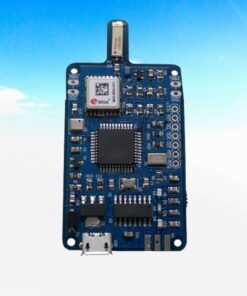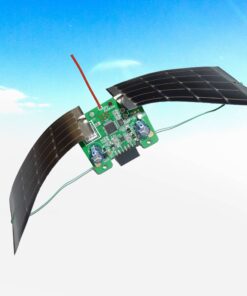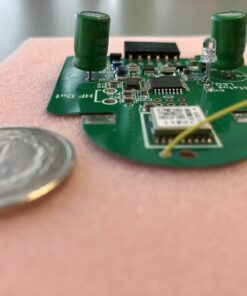WSPR (Weak Signal Propagation Reporter) – a type of digital radio broadcast and the name of the computer program by the author Joe Taylor K1JT for route research propagation of radio waves using low and very low power beacons.
Joseph Hooton Taylor Jr. (born March 29 1941 in Philadelphia) – American astrophysicist, laureate Nobel Prizes in Physics.
In 1993, together with Russell A. Hulse received Nobel Prize in Physics for discovering a new type pulsars, which opened up new possibilities for studying gravity.
Joe Taylor was interested in radiocommunication as a teenager and obtained an amateur radio license. This hobby led him to study radio astronomy. In the radio amateurs community, Taylor is known primarily as a weak signal radio specialist and author of many communication protocols such as WSJT or FT8 and their software implementations.
In April 2010, organized an expedition to the radio telescope Arecibo, to use it to communicate with radio amateurs around the world. It has call sign K1JT.
Standard WSPR messages include call sign station, her QTH locator and information about the power of the transmitter, given in units dBm, e.g. SP2YAP JO93 27.
WSPR protocol ensures data exchange at low signal-to-noise ratios of the order of -28 dB relative to frequency response 2500 Hz. For WSPR-2 transmission, narrowband four-state frequency keying (4-FSK) with phase continuity is used. The modulation rate is 12000/8192 ≈ 1.465 baud. Signal bandwidth approx. 6 Hz. Synchronization with a pseudo-random vector with a length of 162 bits. Duration of transmission 162 × 8192/12000 ≈ 110.6 s. By default, transmission begins after the first second of every even minute. Time synchronization of transmitting and receiving devices is required, e.g. using a protocol NTP.
A newer version, WSPR-15, uses 15-minute sequences instead of the standard 2-minute sequences. It is used in the long and medium wavelength range, and is 9 dB more sensitive than WSPR-2, making it possible to decode signals with signal-to-noise ratios of -37 dB with respect to the 2500 Hz frequency response.
The software is licensed open source, and the received data sent by the program over the Internet is publicly available through the WSPRnet.org project website
Within 24 hours, over a million reports from amateur bands in the frequency range from 136 kHz down 1296 MHz from about a thousand stations.




